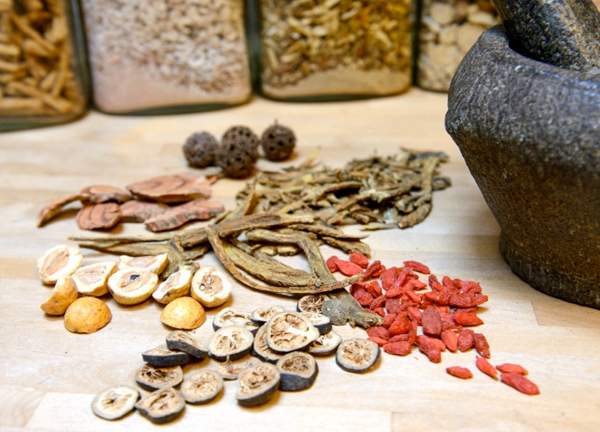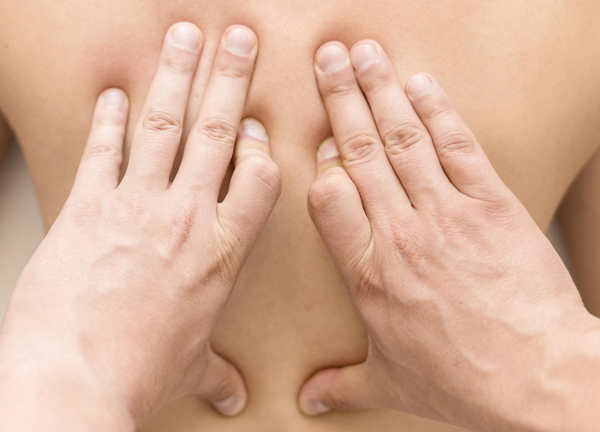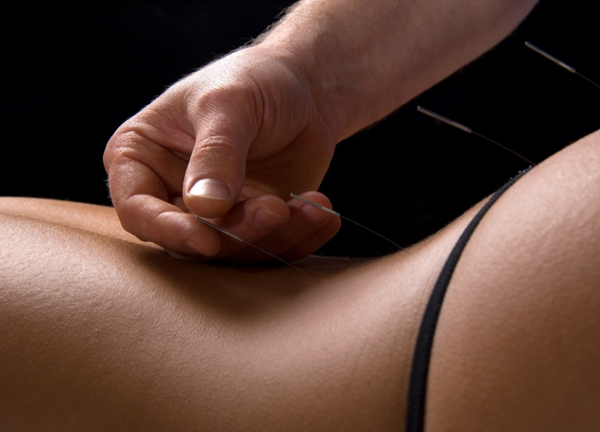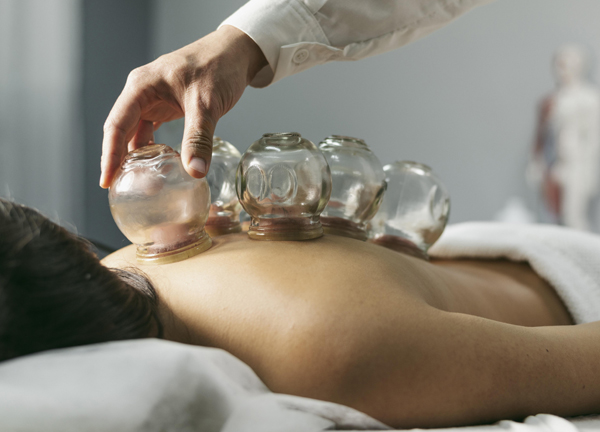“As for the needles, for each there is an appropriate usage; each has a different shape. Each fulfils its specific function. That is the essence of needling”
Nan Shu chapter 1

Nan Shu chapter 1
Korean Hand Therapy (KHT) was discovered and developed by a South Korean Acupuncturist named Dr Yoo in the 1970’s. He investigated the close link between the hands and the brain and theorized that the hands represented the whole body. Over the following years he mapped out a KHT correspondence chart of the hands and body. Furthermore, he documented a wide range of symptoms and illnesses that could be treated through gentle stimulation of the hands.
Dr Yoo then compared KHT theory with traditional body acupuncture theory and made KHT unique among all micro reflex systems by developing micro meridians on the hands with specific points used for treatment rather than just general reflex areas. Therefore, KHT points on the hands could be stimulated in the same way body acupuncture points are used in treatments.
As only the hands are used in treatment, Dr Yoo found KHT a very quick and practical solution for patients who were unable to undress for a body treatment or found climbing on a couch difficult such as elderly and disabled patients.
Dr Yoo also observed that there were often patients who required treatment; however, they had a needle phobia. He developed equipment that could be used to practice KHT completely noninvasively. This included probes and rollers to stimulate points and areas and also acupressure discs that are attached to the hands at the end of a therapy session to extend the benefit of the treatment.

It is one of the oldest holistic health therapies still in use today and is part of the state healthcare system in China.

Applying acupuncture principles to promote relaxation and help relieve the symptoms of illness in the body.

Toyohari Meridian Therapy is unique to Japan and is part of the oldest system of acupuncture still in daily use.

Used to help treat pain, deep scar tissues in the muscles and connective tissue, muscle knots, and swelling.
| Cookie | Duration | Description |
|---|---|---|
| cookielawinfo-checkbox-analytics | 11 months | This cookie is set by GDPR Cookie Consent plugin. The cookie is used to store the user consent for the cookies in the category "Analytics". |
| cookielawinfo-checkbox-functional | 11 months | The cookie is set by GDPR cookie consent to record the user consent for the cookies in the category "Functional". |
| cookielawinfo-checkbox-necessary | 11 months | This cookie is set by GDPR Cookie Consent plugin. The cookies is used to store the user consent for the cookies in the category "Necessary". |
| cookielawinfo-checkbox-others | 11 months | This cookie is set by GDPR Cookie Consent plugin. The cookie is used to store the user consent for the cookies in the category "Other. |
| cookielawinfo-checkbox-performance | 11 months | This cookie is set by GDPR Cookie Consent plugin. The cookie is used to store the user consent for the cookies in the category "Performance". |
| viewed_cookie_policy | 11 months | The cookie is set by the GDPR Cookie Consent plugin and is used to store whether or not user has consented to the use of cookies. It does not store any personal data. |
